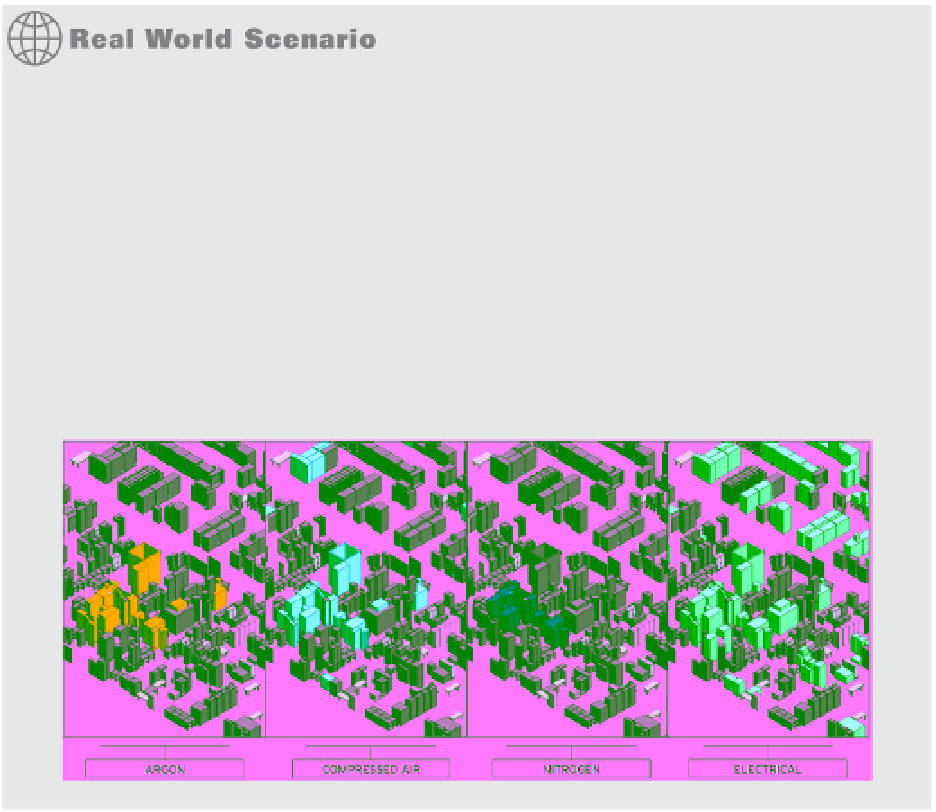Graphics Programs Reference
In-Depth Information
Shared parameters beyond Tagging
we have just finished a section on how to create your own shared parameters and use them to cre-
ate tags that are not a part of the default revit categories. But, as with all parameters, your use of
shared parameters is not limited to only tagging. in one project, for example, we were designing
a manufacturing facility. This facility had a large amount of process equipment, and the various
pieces of equipment had special design needs like argon and nitrogen gases, compressed air, or
special electrical power. we wanted to tag the equipment in our drawings, but we also wanted an
easy way to visualize which pieces of equipment needed what kind of services.
to do this, we combined the shared parameter file we created for the tags and used color filters
(discussed in Chapter 10, “working with Phasing, groups, and Design options”) to color the equip-
ment in plan and help the design teams make sure we were supplying the right services to the
right elements.
The Bottom Line
Annotate with text and keynotes.
Although a picture is worth a thousand words, you
will still need notes to make drawings understandable and be able to call out key elements
in each view. Understand how to create and modify text and keynotes for a complete set of
documents.
Master It
To properly utilize the keynoting feature, you'll need to understand what
each of the three keynote types do and how they're used. List each and explain how they
can be used in a project.
Use tags.
Tags are text labels for elements such as doors, walls, windows, rooms, and sev-
eral other objects that architects typically need to reference in a set of drawings. These tags
typically refer back to other schedules or information in other portions of the drawing set
and are unique to the view in which they are inserted.

















